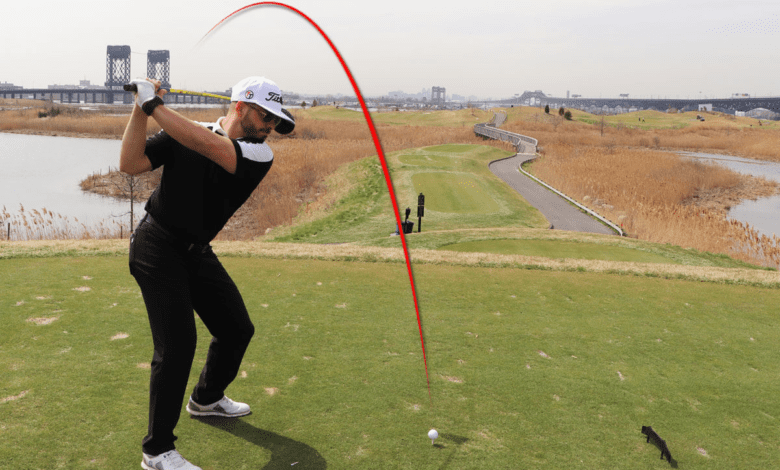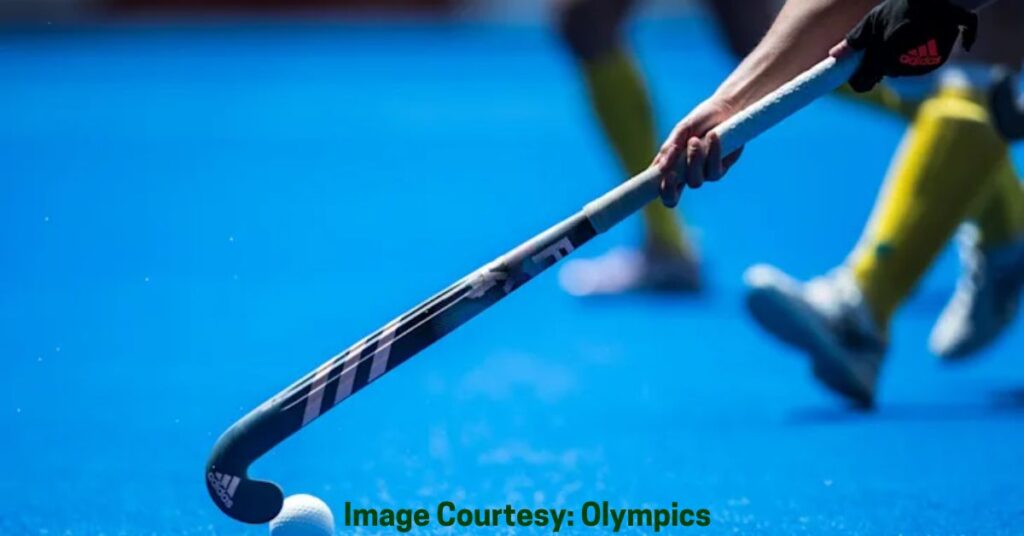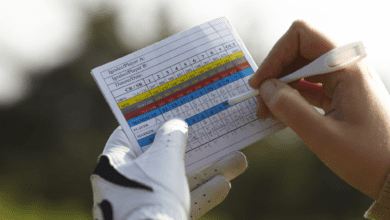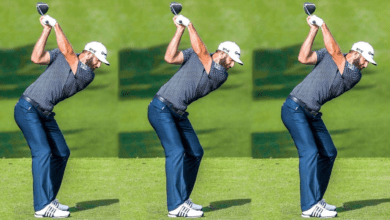How to Fix Common Golf Swing Problems: Techniques and Drills

Golf Swing Problems
A consistent and effective golf swing is crucial for success on the course. However, many golfers encounter common swing problems that can hinder their performance. In this article, we will discuss some of these common swing problems and provide techniques and drills to help you fix them.

1. Slicing the Ball
Slicing occurs when the ball curves sharply to the right (for right-handed golfers) or left (for left-handed golfers). To fix this problem, focus on the following:
- Strengthen your grip: Rotate your hands slightly to the right on the club handle (for right-handed golfers) or left (for left-handed golfers) to promote a more closed clubface at impact.
- Swing along the proper path: Imagine a straight line extending from the target to the ball. Swing the club on or slightly from the inside of this line to encourage a more square clubface at impact.
- Practice with alignment aids: Use alignment sticks or markers to ensure proper alignment of your feet, hips, and shoulders. This will help you establish a more correct swing path.
2. Hooking the Ball
A hook occurs when the ball curves sharply to the left (for right-handed golfers) or right (for left-handed golfers). Here are some techniques to correct this issue:
- Weaken your grip: Rotate your hands slightly to the left on the club handle (for right-handed golfers) or right (for left-handed golfers) to promote a more open clubface at impact.
- Adjust your swing path: Aim to swing the club on or slightly from the outside of the target line to encourage a more square clubface at impact.
- Focus on hip rotation: Initiate your downswing with a proper hip rotation rather than an excessive upper body rotation, which can cause the clubface to close too much.
3. Lack of Distance
If you’re struggling to generate sufficient distance with your shots, consider the following techniques:
- Maximize your coil: During your backswing, focus on a full shoulder turn and hip rotation to create torque and potential energy. This will allow for a more powerful downswing and greater clubhead speed.
- Engage your lower body: Utilize the power of your legs and hips to drive the swing and transfer energy from your body to the club.
- Develop a smooth tempo: Avoid rushing your swing. Maintain a smooth and balanced tempo throughout to optimize your timing and clubhead speed.
4. Inconsistent Ball Striking
Inconsistent ball striking can lead to mishits and poor shot dispersion. Here are a few drills to improve your contact and consistency:
- Impact bag drill: Practice hitting an impact bag or a similar object to develop a solid impact position. Focus on maintaining a forward-leaning shaft, square clubface, and a downward strike.
- One-handed drills: Perform swings with only your lead hand (left hand for right-handed golfers, right hand for left-handed golfers). This drill helps promote a proper hand and wrist position at impact.
- Slow-motion swings: Take slow-motion swings to ingrain the correct mechanics and positions in your swing. This drill helps develop muscle memory and control.
5. Poor Balance and Stability
Maintaining balance and stability throughout the swing is crucial. Use the following techniques and drills to improve your balance:
- Practice the one-legged drill: Lift your rear foot off the ground and make practice swings while balancing on your lead foot. This drill promotes stability and helps you maintain your balance throughout the swing.
- Focus on a stable lower body: Keep your lower body steady and resist excessive lateral movement during the swing. This stability allows for a more consistent strike and control.
FAQs
Q1: How long does it take to fix a common golf swing problem? The time it takes to fix a golf swing problem can vary depending on the individual and the specific issue. It may take weeks or even months of dedicated practice and repetition to make significant improvements. Consistency, patience, and seeking guidance from a golf professional can help expedite the process.
Q2: Can I fix my golf swing problems on my own, or do I need professional help? While you can certainly make improvements to your golf swing on your own, seeking professional help can provide valuable guidance and feedback. A golf professional can assess your swing, identify specific issues, and provide tailored instruction and drills to help you address those problems more effectively.
Q3: How often should I practice these techniques and drills to fix my swing problems? Consistency is key when trying to fix golf swing problems. It’s recommended to practice these techniques and drills regularly, ideally multiple times a week. However, it’s important to strike a balance between practice and rest to avoid overexertion and potential injury. Be mindful of your body’s limitations and adjust your practice schedule accordingly.
Q4: Can fixing one swing problem lead to other issues? In some cases, fixing one swing problem may inadvertently lead to the development of other issues. This can happen when a golfer overcompensates for a specific problem and unintentionally introduces new flaws into their swing. It’s crucial to work with a golf professional who can help you make targeted adjustments and ensure that your swing changes are cohesive and effective.
Q5: How can I prevent reverting back to my old swing habits? Reverting back to old swing habits can be a common challenge when making swing changes. To prevent this, focus on awareness and repetition. Stay mindful of your swing mechanics during practice and on the course, and reinforce the correct techniques through regular repetition and reinforcement drills. Consistency, patience, and a commitment to ongoing improvement are key to solidifying new swing habits.
Conclusion
Fixing common golf swing problems requires identifying the specific issue and applying the appropriate techniques and drills. Whether you’re dealing with slicing, hooking, lack of distance, inconsistent ball striking, or poor balance, practice these techniques and drills regularly to improve your swing mechanics and overall game. Remember to be patient, as it takes time and practice to make lasting improvements. Enjoy the process and watch your golf game improve!
Also Read-
How to Read Golf Course Layouts: Strategies for Course Management
10 Basketball Shooting Drills: Take Your Shot and Become a Legend on the Court!





